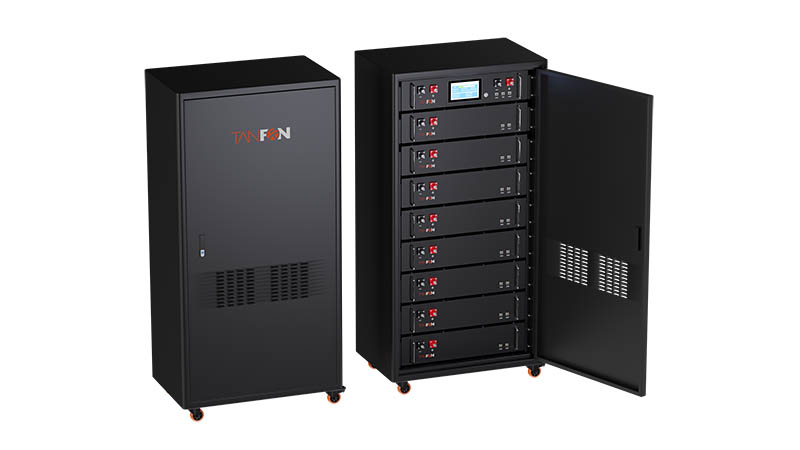Top 10 Solar Project Solution Factory In China
"In a Commercial and Industrial solar energy storage system, active balancing is also employed for lithium batteries(same as electric car), offering several benefits to the entire system:
Improved energy efficiency: Active balancing ensures a relatively balanced charge state among individual lithium battery cells within the solar energy storage system. This helps to minimize significant charge disparities between battery cells, reducing energy losses. By maximizing the balance of charge states among battery cells, the system can store and release energy more efficiently, thereby enhancing energy utilization efficiency.

Extended battery lifespan: The lifespan of lithium batteries is a critical consideration in solar energy storage systems. Imbalances in charge among different battery cells can lead to uneven aging, negatively impacting the overall battery pack's lifespan. Active balancing effectively mitigates imbalances between battery cells, preventing excessive charging or discharging of specific cells and thus extending the lifespan of the entire battery pack.
Enhanced system safety: Significant charge disparities between battery cells can compromise system stability and pose safety hazards such as overheating or short circuits. Active balancing adjusts the charge states of the battery cells promptly, maintaining internal stability within the battery pack and reducing safety risks.
Improved system performance and stability: Solar energy storage systems require stable energy output under varying operating conditions. Active balancing ensures relatively balanced voltages and charge states among individual battery cells, thereby enhancing the performance stability and reliability of the entire system.
In summary, active balancing of lithium batteries in a solar energy storage system offers advantages such as improved energy efficiency, extended battery lifespan, enhanced system safety, and performance stability. These factors are crucial for maximizing the benefits of solar energy storage systems and providing a stable and reliable energy supply."
What are active equilibrium and passive equilibrium?
The working principle of passive equalization is to set a higher voltage difference value for the cell difference of the battery pack. When the voltage difference between some battery cells reaches this value, the high-voltage cells will begin to be discharged, allowing the voltage difference between cells to gradually become smaller. The disadvantage of this is that the battery runs out of power quickly, internal heat accumulates, and it is easy to become overheated and fail to work or cause danger.
The working principle of active balancing is that if the voltage of some cells is high, the system will discharge it; if the voltage of some cells is low, it will be charged. Regardless of whether the battery is in working condition or not, the system will balance the voltage of each cell. , which is also more conducive to reducing the voltage difference. Extend the service life of lithium batteries.
Puncture test of ternary lithium battery and lithium iron phosphate battery
